Let’s not allow the strongest legislative package of conservation priorities in years to be overshadowed by controversy
Yesterday, for the second time in as many years, the Senate Environment and Public Works Committee voted to advance a package of conservation provisions that have long been a priority for the sportsmen’s community. The legislation would reauthorize programs to benefit fish, waterfowl, wetlands, big game habitat, and sportsmen’s access across the country.
Since 2012, sportsmen have been trying to get these provisions across the legislative finish line, and each time, we’ve failed. Good legislation has been mired in generally unrelated partisanship and political games, with good ideas held hostage by process and bickering.
Where a few years ago sportsmen-advocates in Washington looked to our Sportsmen’s Act lobbying with fairly enthusiastic promise, I will admit that it has been hard to get excited about yet another run in the 115th Congress, especially as the window of opportunity has seemed even narrower than usual. But Environment and Public Works Committee Chairman John Barrasso (R-Wyo.) and Senator Ben Cardin (D-Md.) have assembled the “HELP for Wildlife Act” (S.1514), which has breathed new life into this effort.
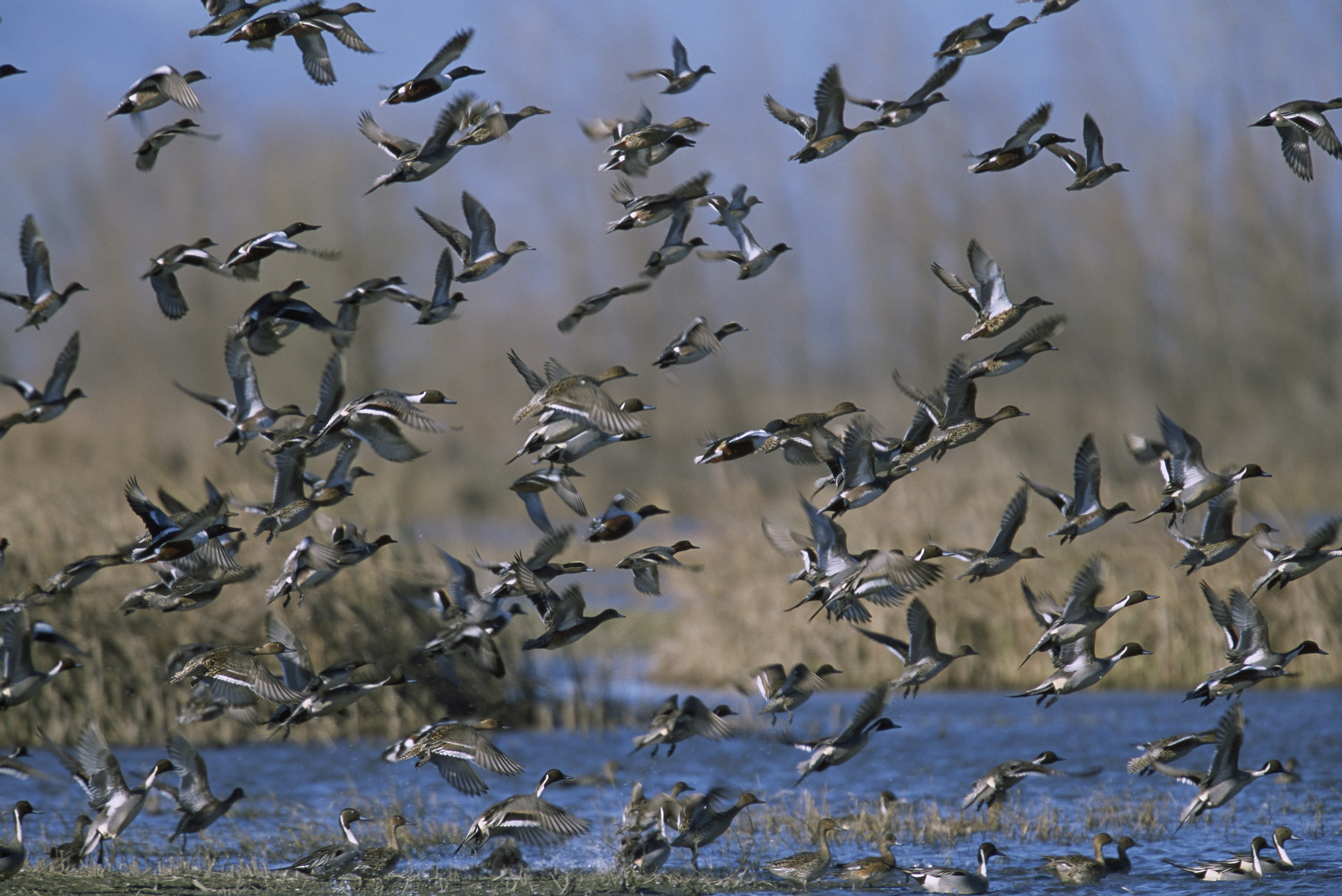
We called it the strongest package of sportsmen’s priorities in years, because right from the outset, it deals with meaningful conservation measures for fish and wildlife populations, habitat, and access. The bill would reauthorize the North American Wetlands Conservation Act, the Neotropical Migratory Bird Conservation Act, and the National Fish and Wildlife Foundation, to enable strong partnerships and funding for conservation. The bill also includes what would be the first ever statutory authorization for the National Fish Habitat Conservation Act, a program that funds on-the-ground fish habitat restoration projects across the country.
It also addresses the needs of the Chesapeake Bay Program, which provides grants to the six states in the bay watershed, not only improving water quality on the main-stem Chesapeake (and my own home waters) but also the health of small streams and rivers throughout the watershed.
Free from the controversial and distracting provisions of past iterations, this is a legislative package unfettered by poison pills, and sportsmen should be eager to see it move to the Senate floor. But, in these days of often blistering partisan warfare, it seems nothing is completely free of controversy. In the case of HELP, provisions meant to delist the gray wolf in Wyoming and the Great Lakes from Endangered Species Act protection seems to be overshadowing the very real conservation benefits of the bill.
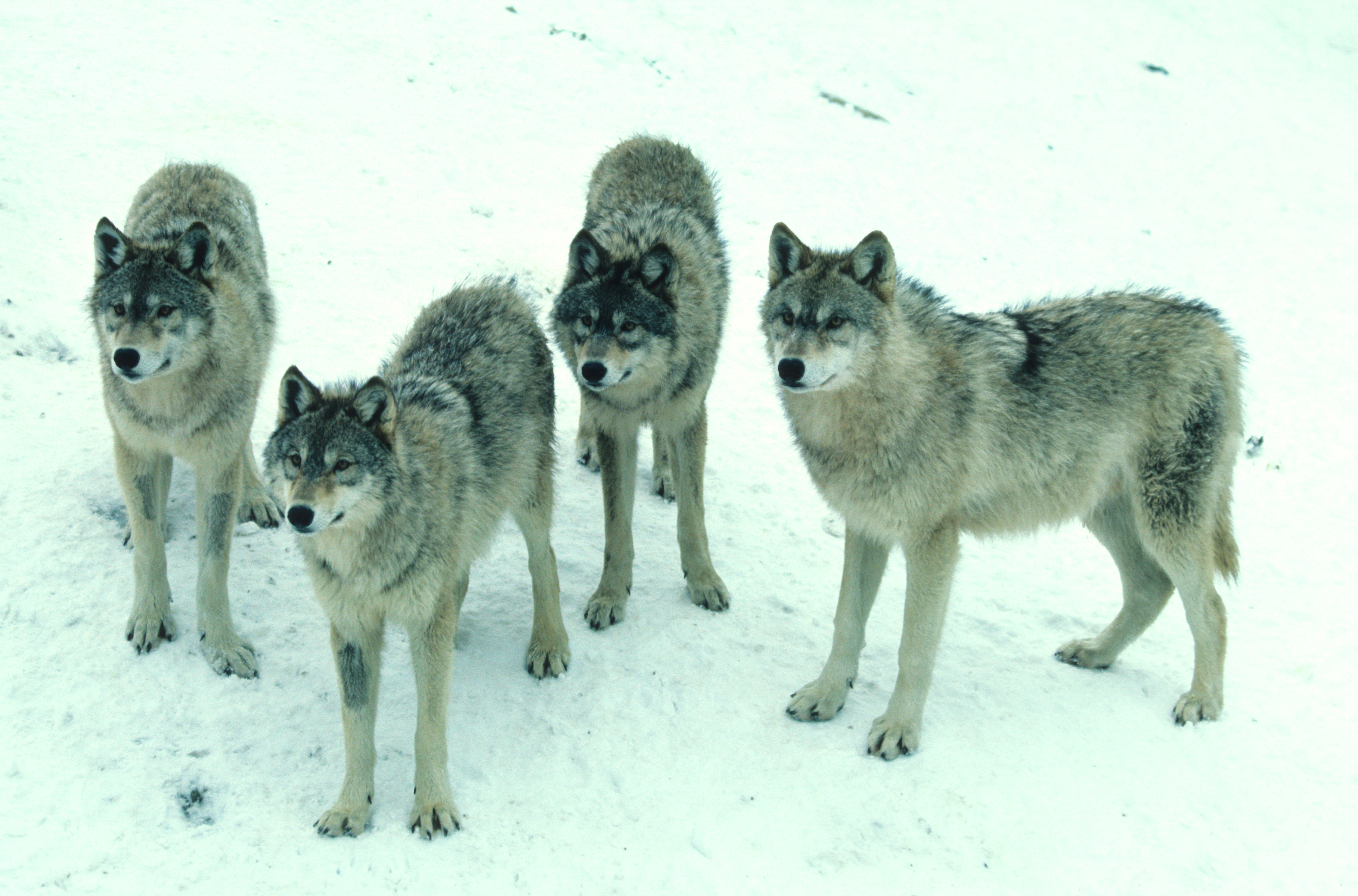
Just the mention of endangered species usually sends folks running for cover, but in this case, the TRCP supports the gray wolf provision as grounded in sound science. This is an idea whose time has come. Generally we don’t support legislative meddling in species-level management, but the U.S. Fish and Wildlife Service indicates that it is time for wolf management to be returned to the state fish and wildlife agencies, and we have full confidence in USFWS science and the state agencies’ ability to manage the wolf population.
This package is about way more than wolves. Unfortunately, the bipartisan passage of this bill out of the EPW Committee this week—which should be celebrated—is just the start of a long process before the package can be presented to President Trump for his signature. There is currently no companion version of this legislation in the House of Representatives and no clear path for consideration by the full Senate.
So sportsmen simply must engage; hunters and anglers must make their voices heard now. In the absence of that outreach, sportsmen, and our legislative priorities, might once again wind up on the cutting room floor at the end of the 115th Congress next December.
It has happened before, and it can happen again.

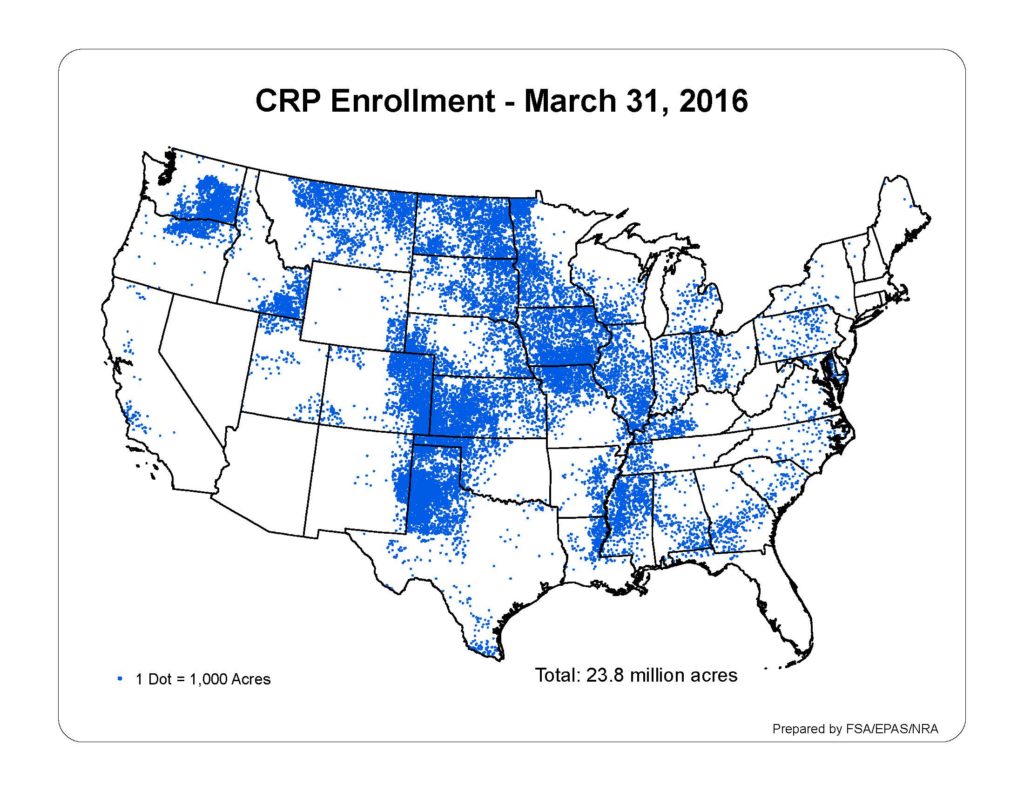
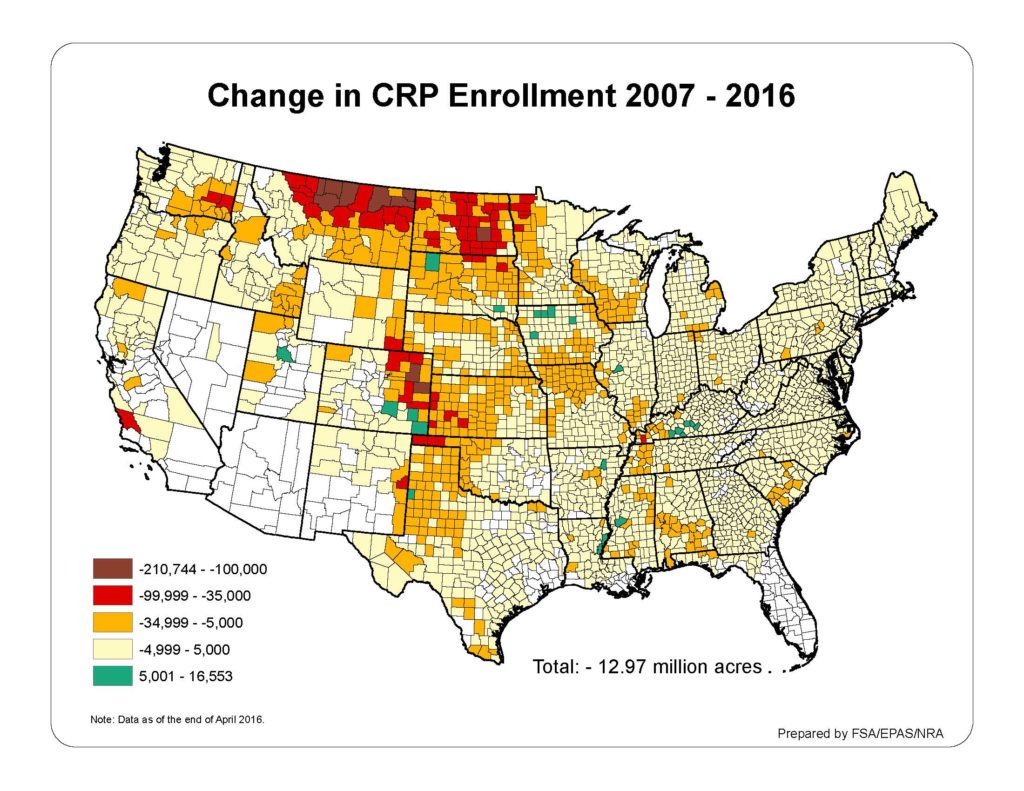
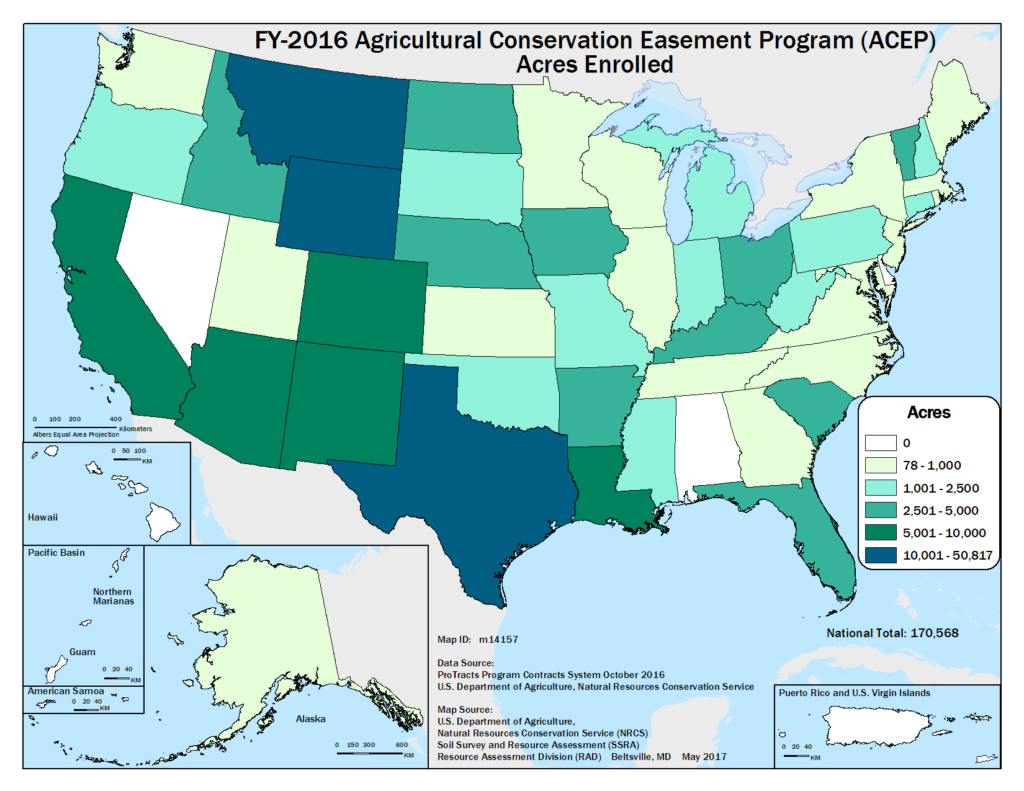
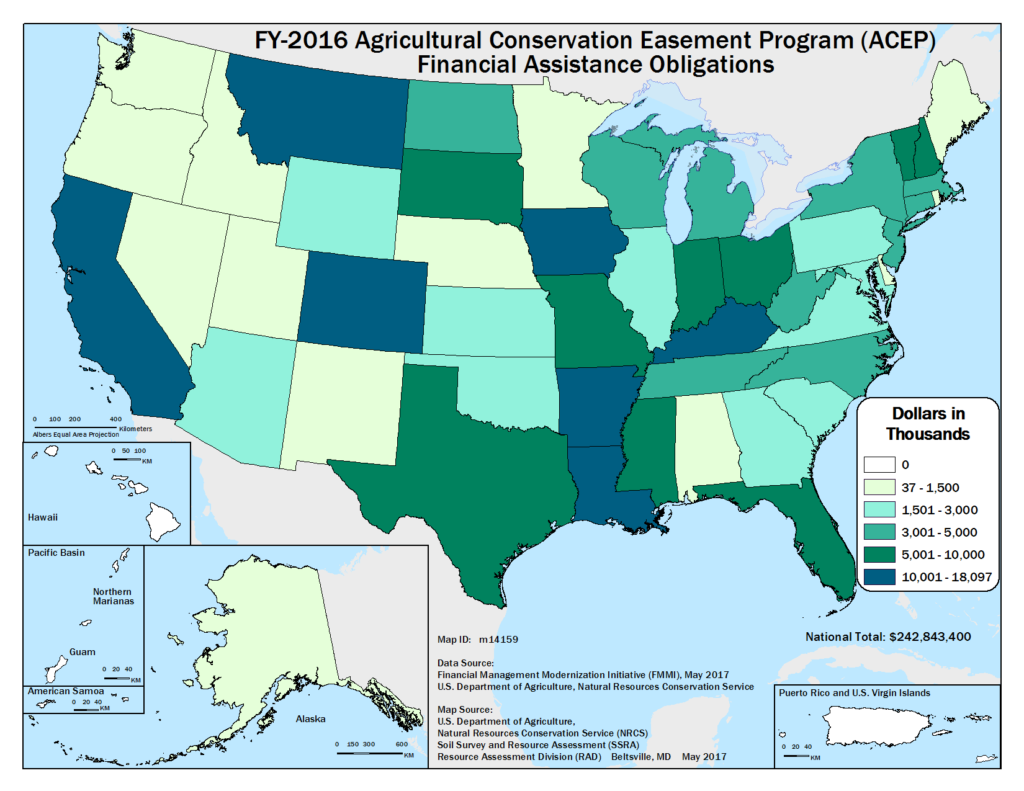
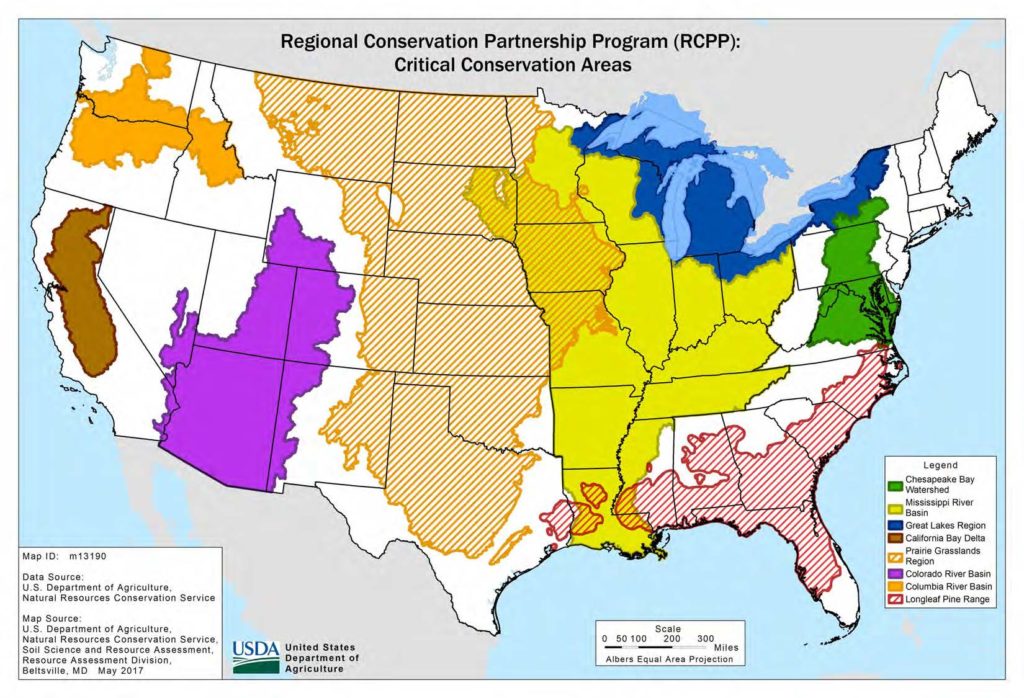
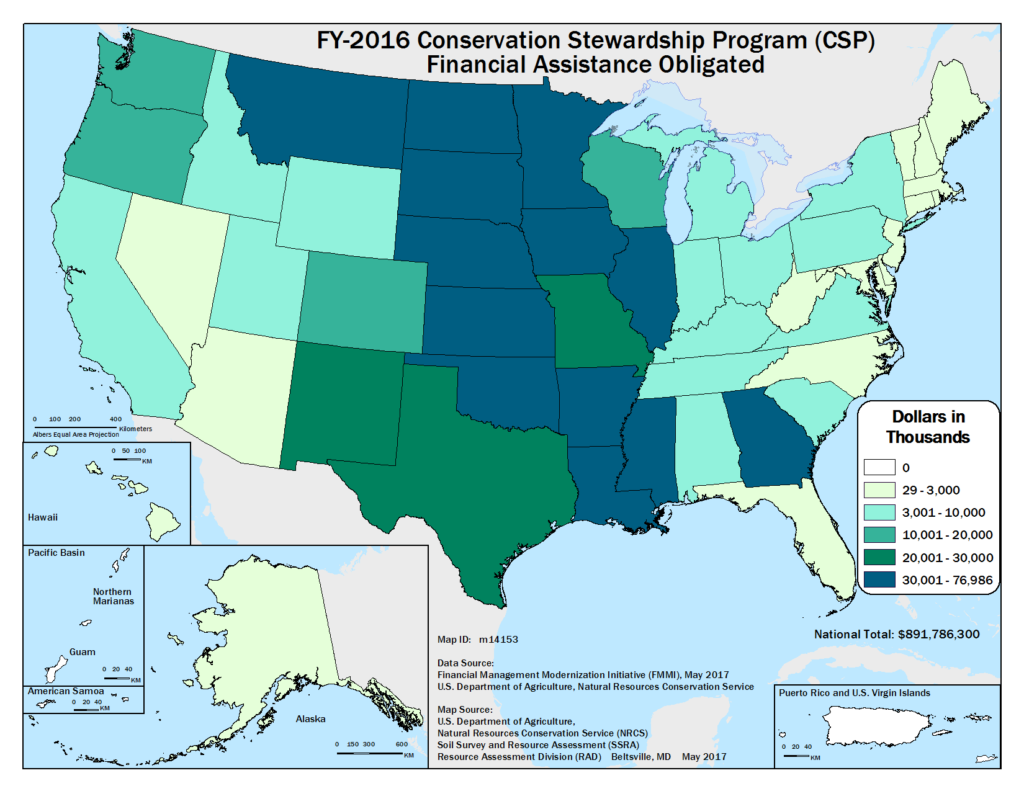
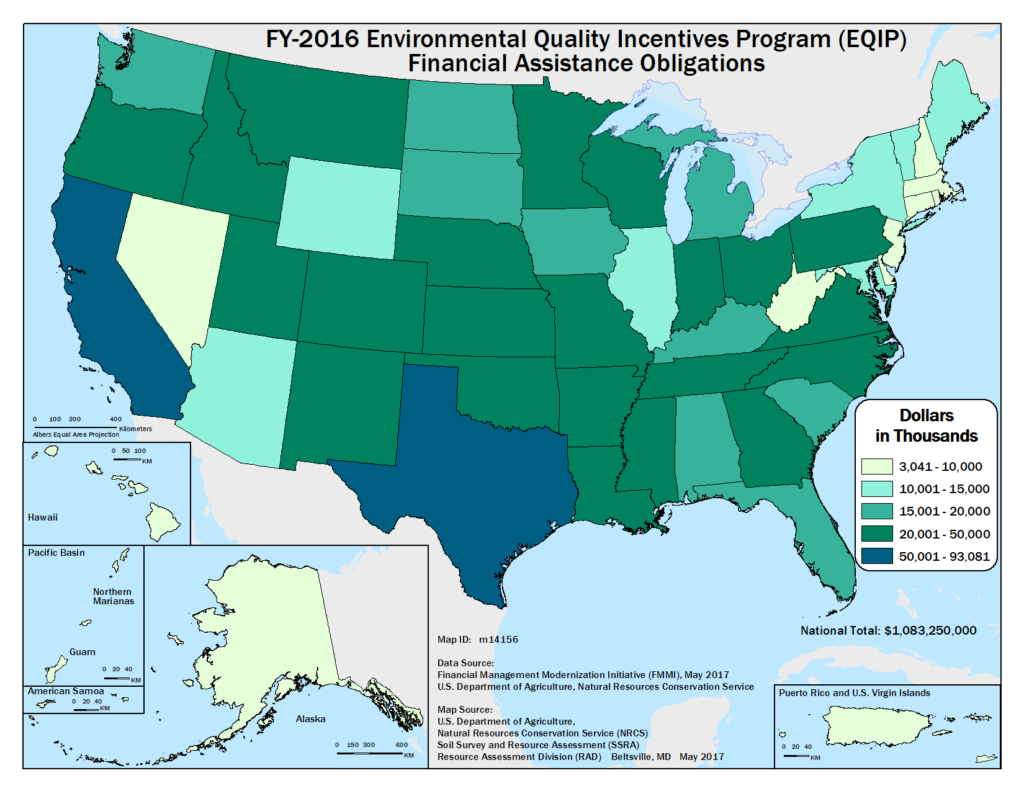
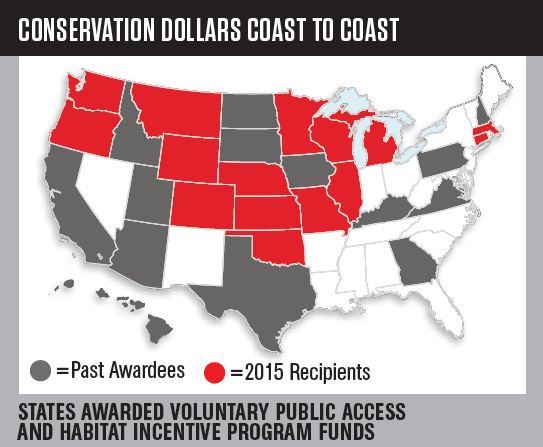
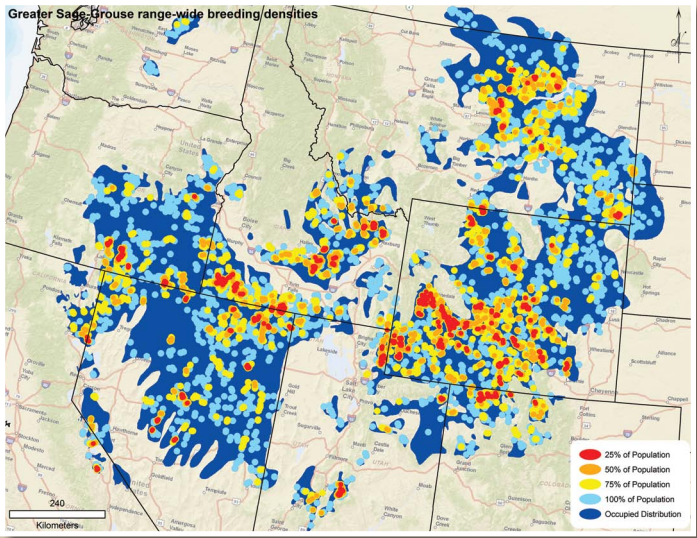
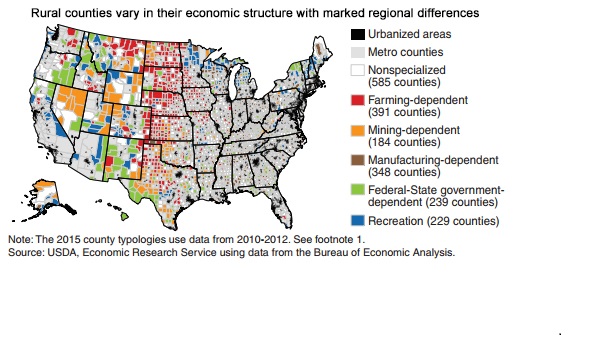
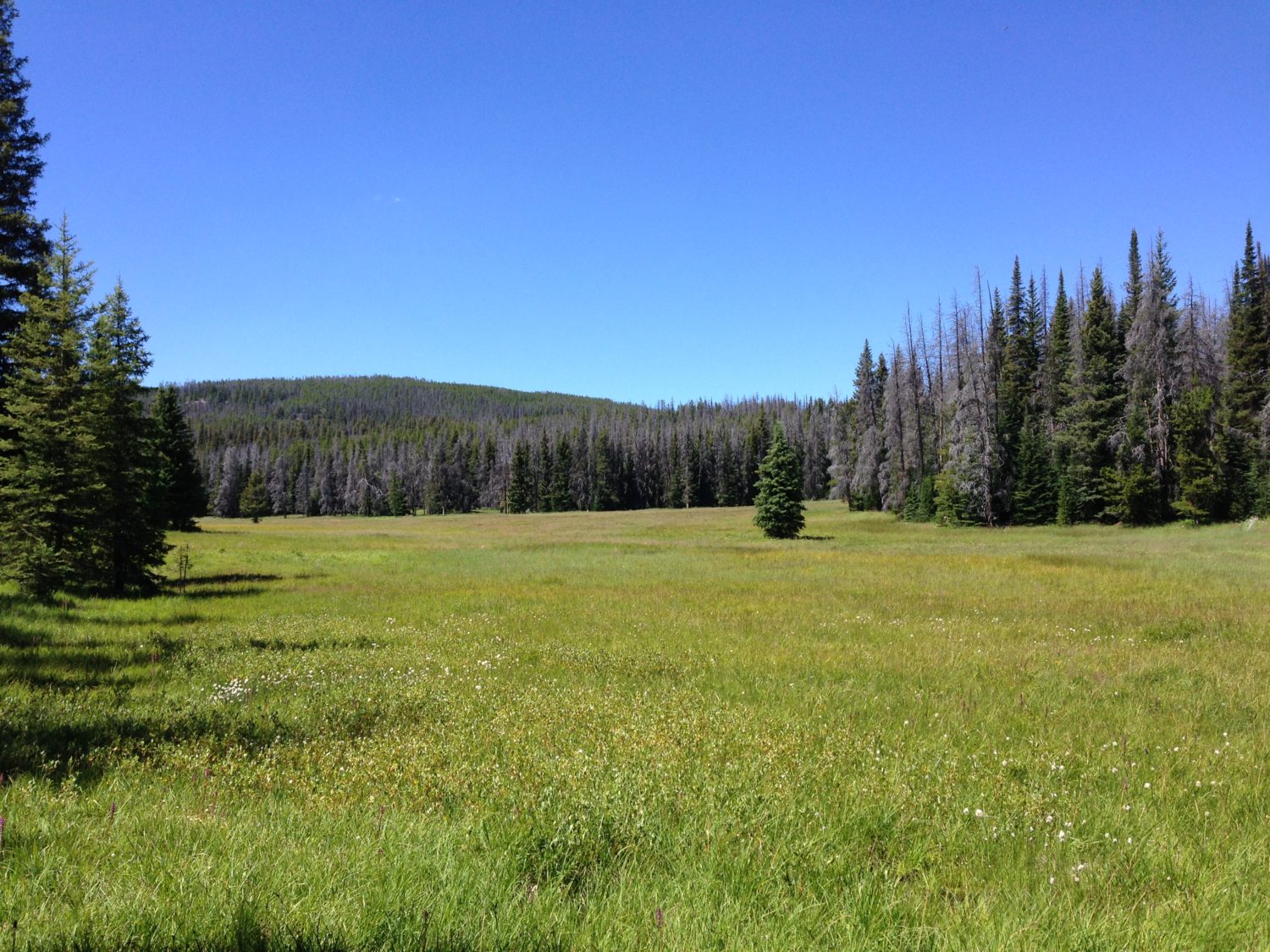
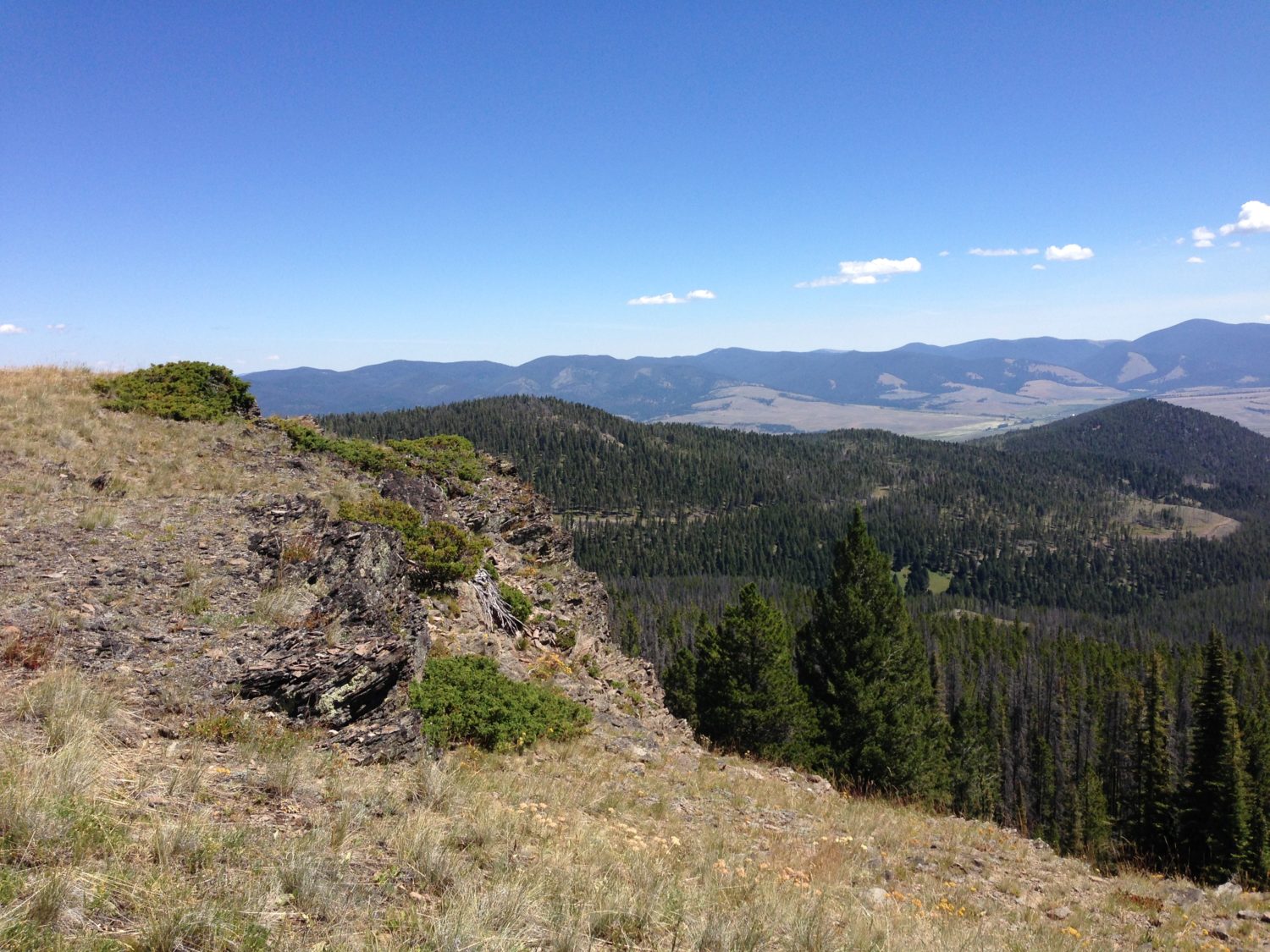

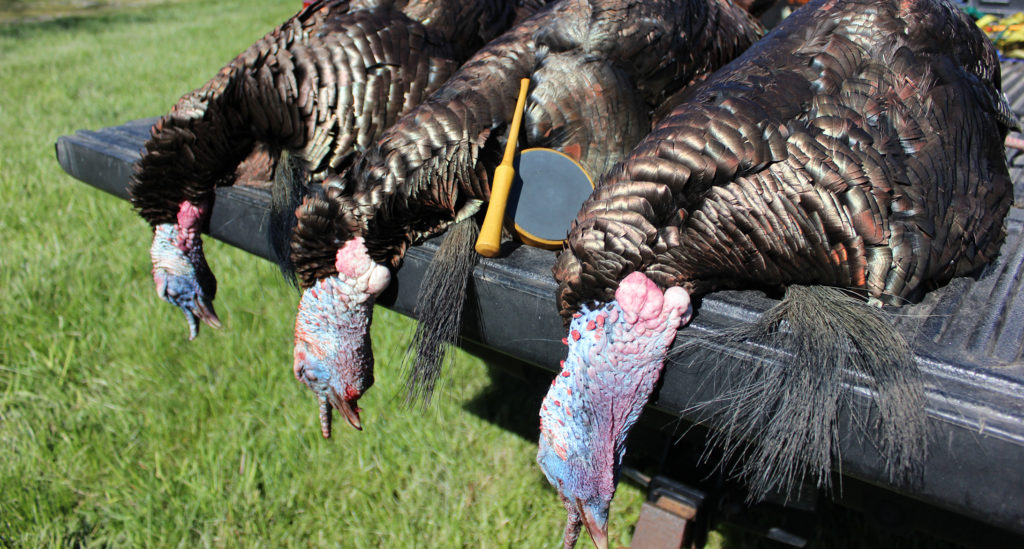
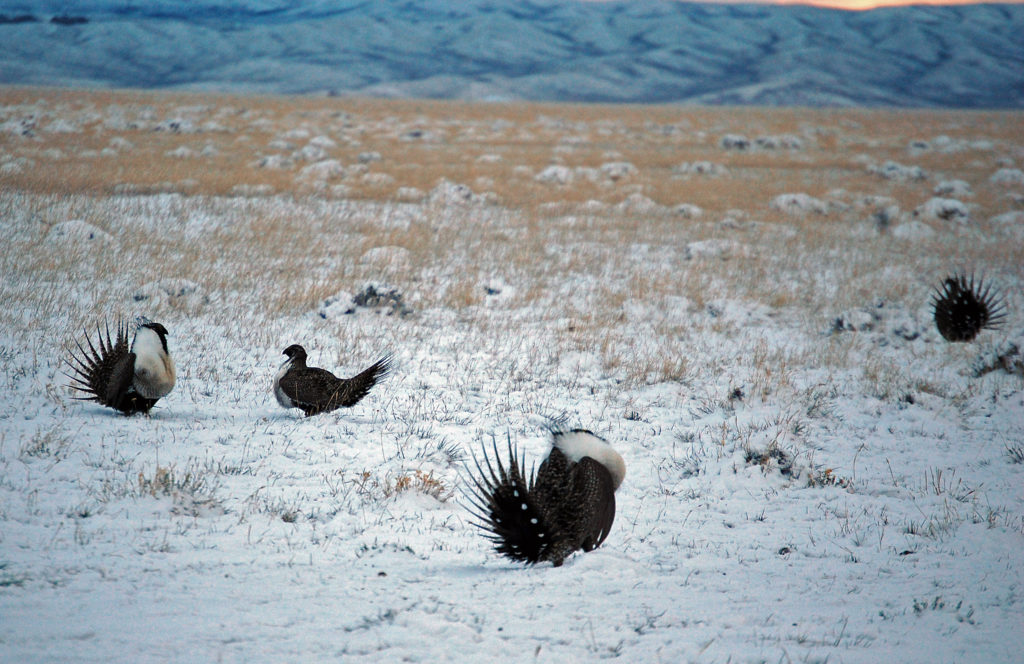
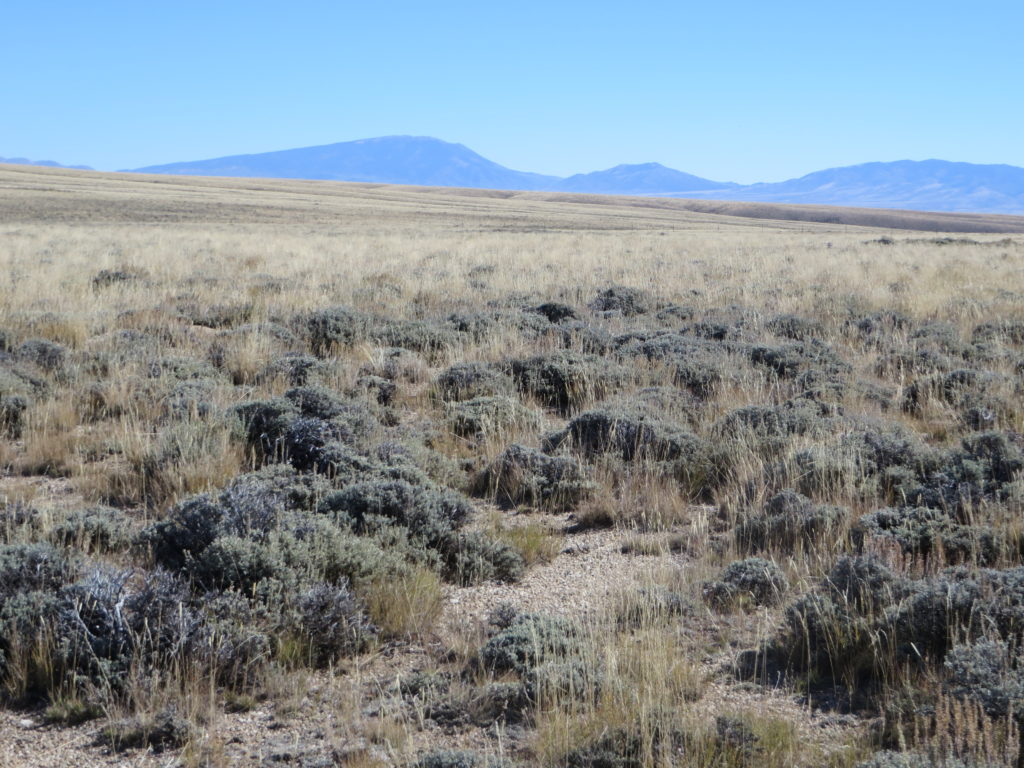





Please remove the amendment removing the gray wolf for protection under the ESA. These animals must not become trophies as the amendment allows.
They should be managed through science, not by emotional people that only see them in pictures or zoos.
Wolves met all requirements to be delisted in the Great Lakes States 15 yrs. ago. They were supposed to be delisted then. They need to be managed just as our deer and bear do. The primary reason our moose numbers are falling is wolf predation. Sure hope this bill finally gets passed. Thank you!
This is a complete false statement
The scientific and carefully prescribed management of all American species of animals is the responsibility of us all. Please do not allow the emotionally based arguments for keeping wolves on the endangered species list stand in the way of preserving the outstanding work of Americas wild life biologists, volunteers, and legislators in restoring natural wolf populations across this great country. Passing this legislation with the deluding of wolves provision intact will also ensure that states have the ability successfully manage all of the natural animal species residing in their borders as a shared asset for the countless generations of citizen conservationists to come. As an Eagle Scout and son of a forestry major I was raised a conservationist but not a hunter. As a conservationist I believe all Americans have a duty to set aside their selfish emotional motivations for conservation related issues and follow the scientific based need of the wildlife in this country that we are all called to care for and preserve.
Respectfully,
John D. Yarbrough
Well presented “sportsmen”! The wolf needed to overshadow . You function out of greed without true care about wildlife . If you did you would understand that without the preservation of the wolf there will be no wildlife left . Educate yourself please .
With attacks on the scientific method, & science in general plus budget cuts at both the state & federal levels eliminating scientists at the USFWS & DNR’s I do not have much confidence that these agencies will properly manage our natural resources. I am thinking if this bill passes then wolves will become the sacrificial lambs. If you contact your representative and/or senators ask them to strengthen the bill to add a layer of scientists to the USFWS.
The USFW has already showed through science that wolves have reached a sustainable population and are continuing to expand. This was done prior to any budget cuts you mention. Are you saying no science is sound if it disagrees with your opinion? We need this bill to pass regardless of the wolves. They won’t be sacrificed. They will be managed by individual states.
If managing species via the North American Model is too onerous to include in this bill well maybe we need to re think this bill and work on the Endangered Species Act itself.
Managed by individual states will essentially place the species back on track to extinction. I fully agree with the science aspect, and other species would be celebrated for their strong resurgence and delisting. The wolf (and grizzly) are unique creatures in the ESA. The emotional people also include those who have exchanged science for superstition, fear, rural gossip and associate the wolf with a political party hatred. The emotional people who like zoos and pictures won’t plan entire weekends around eradication of wolves; emotional people who can’t comprehend the science of the wolves’ place in the local ecology and envision eradication as a strong political and ideological statement…. will. I wish the wolves could safely be delisted and managed thru regulated hunts, but one look at Wyoming’s original management plan reminded me of how intellectually and morally bankrupt the state’s politicians and lobbyist really are. Much like James Madison warned, the states can’t be trusted.